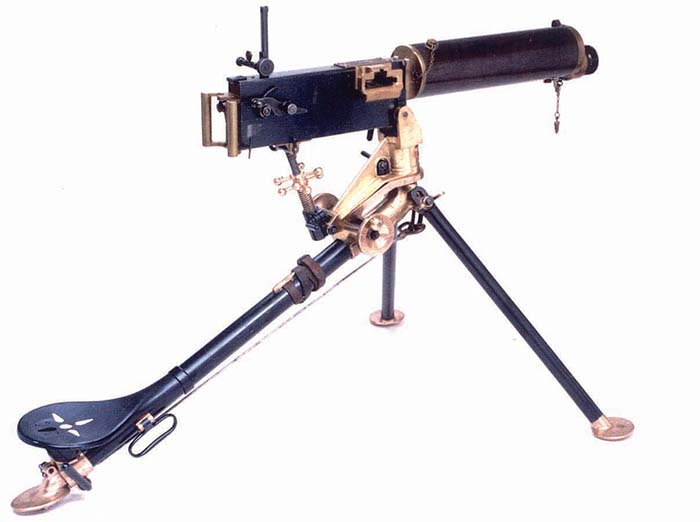Swedish AK4B in all of its glory – MIL-STD-1913-type rail, fully redone and ready to go. The scope is a non-regulation one used in trials. It is located on the weapon to show the new rail’s applications.
By Dan Shea
In the early to mid 1960s the AK4 rifle was adopted by Sweden, and that nationalized version of the German HK G3 design replaced the venerable old Swedish M96 Mauser in service. In the Swedish tradition of a “Home Guard,” the time-honored citizen-soldier tradition, these bolt-action Mausers were issued to the men of Sweden and kept in their homes. The Swedes had kept a full-sized battle rifle cartridge as their issue choice, the 7.62x51mm NATO round. Original production of the AK4 was at the Husqvarna Vapenfabrik AB.
Many years later, as the winds of change to the 5.56x45mm NATO cartridge swept forward in most of the world’s armies, the Swedish Defense Force changed over to another foreign design, the Belgian FNC. The Swedish manufactured version of the FNC is the AK5 and it is in service today.
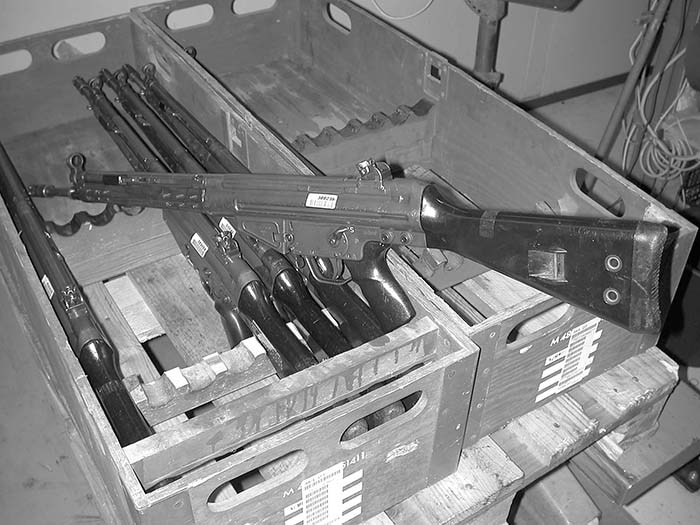
The question was, what to do with all of those AK4s? These selective-fire weapons were issued to the Home Guard in exchange for the old Mauser M96 bolt-action rifles, and the Swedish countryside was then armed to the nines with a full-sized selective-fire battle rifle.
The Swedish Home Guard requires that the soldier keep his AK4 in a disassembled state, with the trigger group locked up separately, and a special lock placed inside the barrel. Only the soldier has the key, there are no master keys made. This means if the key is lost, the only way to fix the situation is to return the AK4 to the factory to be re-barreled. Security and safety are paramount in this country full of martial tradition. Interestingly, even the Swedish hunter is required to have a gun safe if he owns firearms.
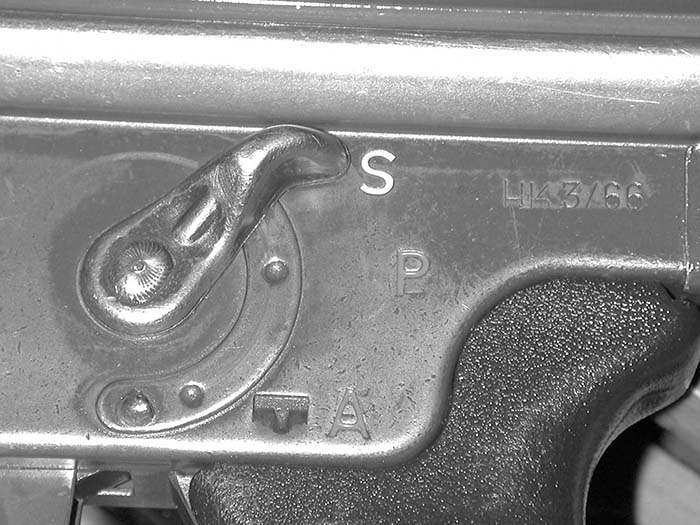
Many of the AK4s were arsenal refinished or at least examined in the mid to late 1970s, and they bear those date markings. After a recent inspection of the weapons in the hands of the Home Guard, it was decided that the entire inventory should be remanufactured as the AK4-B, without fixed sights, using only an optical sight on a MIL-STD-1913-style rail.
This required an intense logistical effort. Saab Bofors Dynamic AB was chosen as the contractor to do the work; they have the machinery, the technicians and the experience with small arms. They are located in the town of Eskilstuna. The Swedish Defense Force gathered up the AK4s and recorded them with a system of bar codes. The bar code follows the AK4 receiver on each step of its journey to become the new AK4-B.
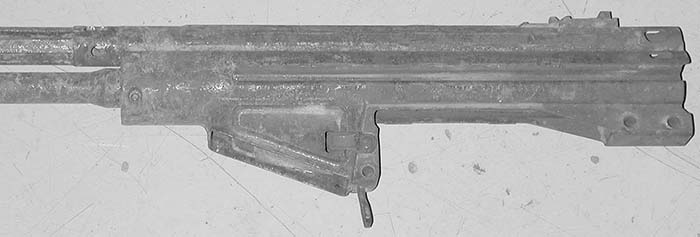
The journey begins in the disassembly area at the factory. Crated rifles come in, are cleared to ensure they do not have a live round, entered into the database, and then they are disassembled. Each removable part is separated from the receiver and subjected to a thorough inspection. The results are recorded into the database, and if the parts meet specification, they are put into parts bins for further work. Small springs and pins are completely replaced and these used components are discarded. The barreled receiver is now the only part tracked with the bar code.
That receiver leaves the four-station disassembly and inspection area, and proceeds to the CNC milling station where the front and rear sight bases are milled off with great precision. The receivers then proceed to a welding station where the MIL-STD-1913-style rail is fitted and welded in place. At this point, a very precise measurement is taken to ensure that the rail is on target with the line of the bore (see the accompanying pictures for more on that process).
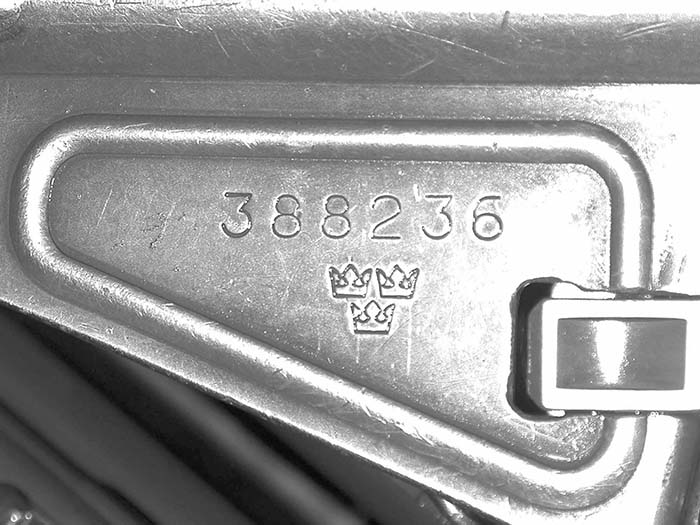
After another inspection, the receiver joins the rest of the parts for sandblasting, and a manganese phosphate finish (some parts receive black oxide treatment) is applied. The new AK4-B is assembled, inspected again, and then test fired. After test firing the results are recorded, there is another inspection, then cleaning, and a dip in ZMX preservative oil. The rifles are drip dried, then the final notes are made in the computer and the rifles are re-packed in their crates, ready to return to the Swedish Defense Force for re-issue or storage.
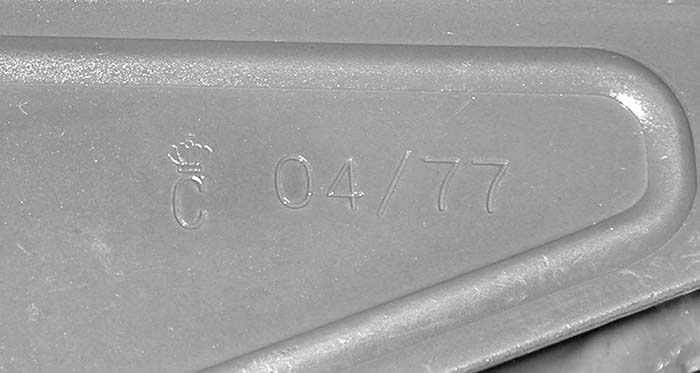
SAR‘s take: In this age of the newer, smaller cartridge and rifle, these large battle rifles may seem almost prehistoric. I consider that attitude to be a mistake. The AK4-B rifle will be a very positive rifle for the Swedes to use as a back up to their regular army. The G3 system is tried and true, the Swedish manufactured AK4 variant was good to go in the beginning, and the process that the team at Saab Bofors Dynamics AB has set up is thorough and effective. The 7.62x51mm NATO cartridge has a lot of years left in it, it is effective and hard hitting, it is accurate, and the ammunition supplied by the Swedish company of Nammo is some of the best in the world. Adding in modern optical sighting is perhaps the best thing the Swedes could have done for this rifle, complete inspection and refinishing. I have only two problems with the G3 system, and those are controllability in the full-auto mode, and that the sights not really reaching as far as the weapon’s effective range. Controllability is a training issue, and adding the new optics should solve the range issues, as well as add target identification certainty. – Dan
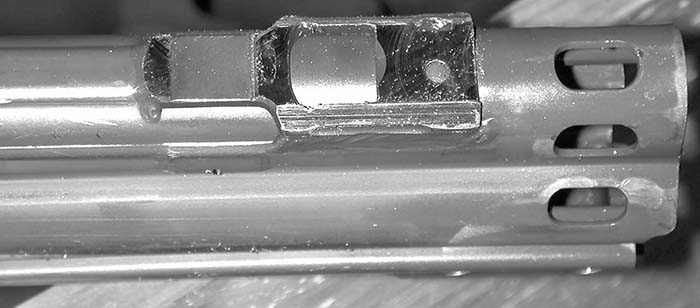
SAR would like the following people from Saab Bofors Dynamics AB for all of their help in tracing history and technology of this project: Åke Eckström, Director, Head of Small Arms Production Jan Arvidsson, Team Leader of Small Arms Assembly Department Special thanks to Mart Pella from Nammo for helping to facilitate this visit. Saab Bofors Dynamic AB is available for other rebuild or new manufacture small arms products.
Saab Bofors Dynamics AB
Box 613
SE-631 08
Eskiltuna, Sweden
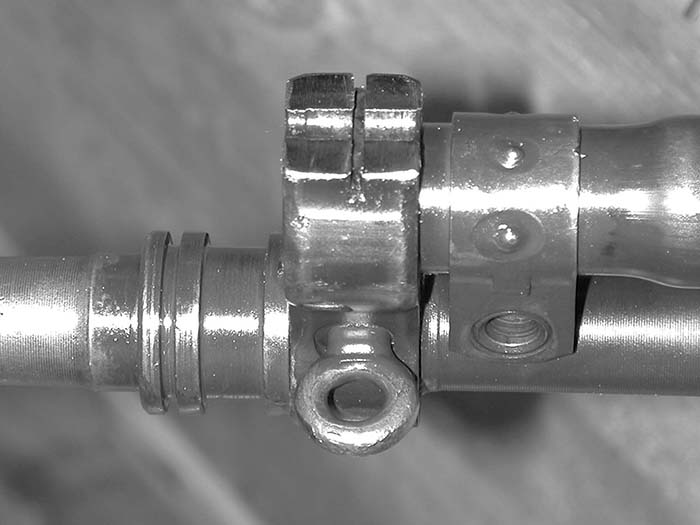
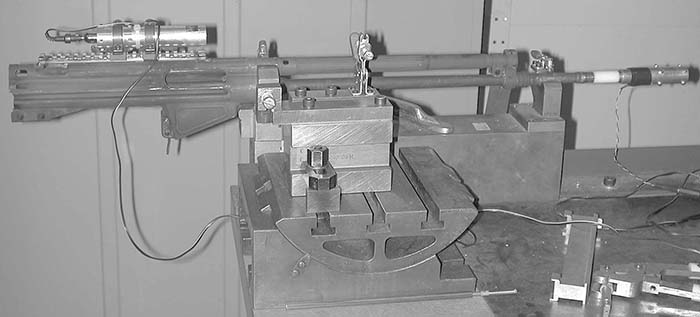

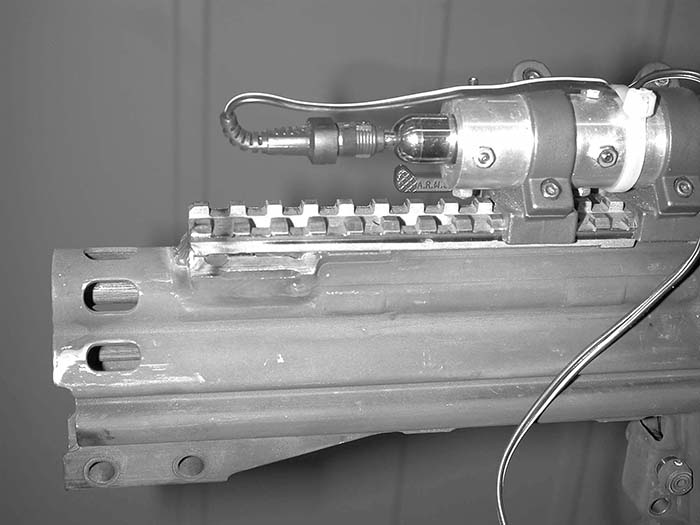
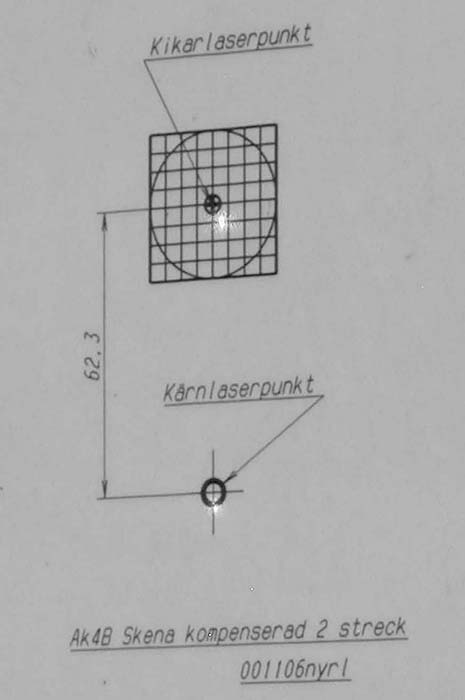
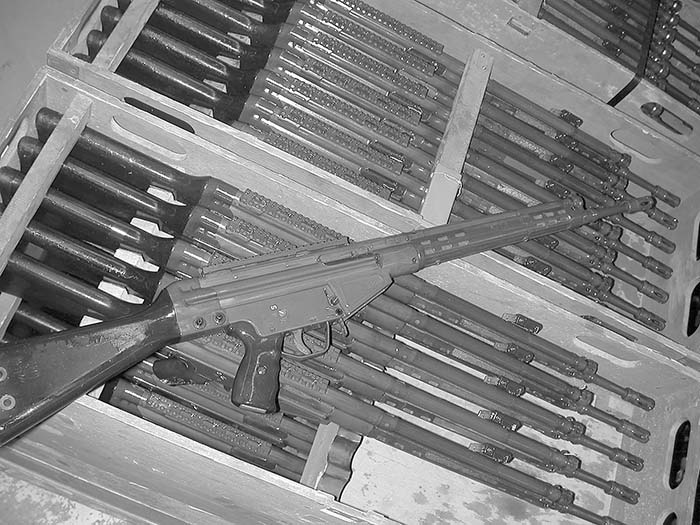
| This article first appeared in Small Arms Review V7N5 (February 2004) |




